Deluge and drought: A tale of two Indian cities – Worst floods in 14 years cripple Mumbai while Chennai thirsts for a drop of water – “It’s scary and the problem persists every year despite government promises”
2 July 2019 (Gulf News) – Mumbai: Wall collapses in Mumbai and nearby towns, caused by the worst monsoon rains in a single day in 14 years, killed 30 people on Tuesday and disrupted rail and air traffic, prompting officials to shut schools and offices.
Financial markets were open in the city of 18 million touted as a potential rival to the Chinese city of Shanghai, but hampered by poor infrastructure like many other Indian cities.
During every monsoon season, which runs from June to September, India experiences fatal incidents of building and wall collapses as rainfall weakens the foundations of poorly-built structures.
Heavy rain brought a wall crashing down on shanties built on a hill slope in Malad, a western suburb of Mumbai, a fire brigade official said, killing 21 people.
Three people died when a school wall collapsed in the city of Kalyan, 42 km north of Mumbai.
In the nearby western city of Pune, six people were killed in a wall collapse on Tuesday, a fire brigade official said, after a similar incident on Saturday killed 15. […]
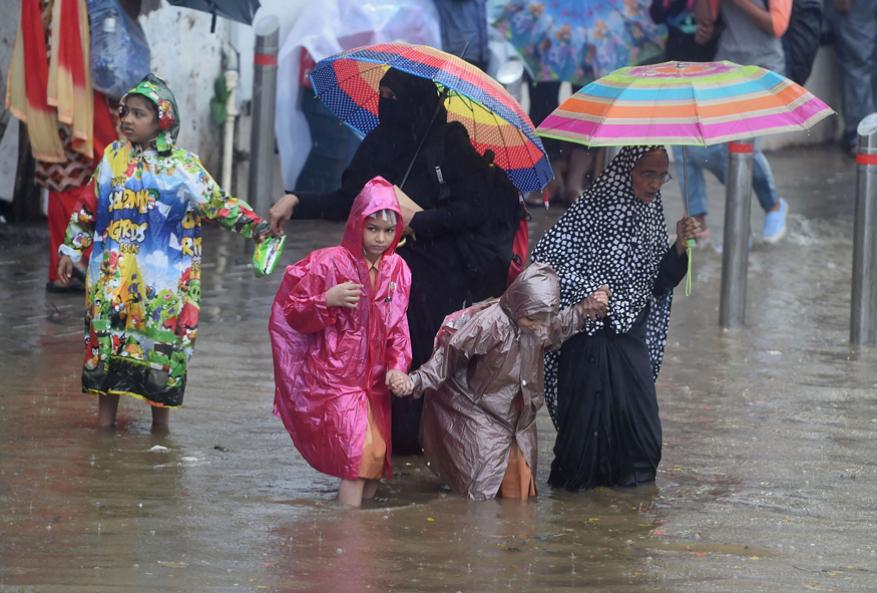
As much as 375 mm (14.8 inches) of rain fell over 24 hours in some areas of Mumbai, the highest in 14 years, flooding streets and railway tracks, forcing the suspension of some suburban train services which millions of commuters ride to work each day.
According to Skymet Weather, a private weather-tracking agency, large swathes of Mumbai received around 350 millimetres of rain overnight into Tuesday morning, the most in a decade. The deluge left low-lying areas submerged. “Everything around us is flooded. It’s scary and the problem persists every year despite government promises,” Vishal Agawane, a 32-year-old resident of the Dharavi slum, said. […]
Activists say Mumbai’s susceptibility to floods has worsened in recent years due to a construction boom that is trying to keep up with the city’s swelling population. Much of Mumbai’s mangrove cover, which helps drain water, has been destroyed over the past decade to make way for glitzy high-rises. [more]
Deluge and drought: A tale of two Indian cities

A crisis that’s gone too far
By A.K.S. Satish
2 July 2019
2 July 2019 (Gulf News) – Dubai: Water, Water everywhere, nor any drop to drink, the famous lines from Samuel Taylor Coleridge’s The Rime of the Ancient Mariner, holds good for Chennai residents as they seem to be perennially affected by lack of water.
After having lived most of my life in the south Indian city, I am familiar with troubles of the water crisis, that increase during the summer months. The sad truth is nothing has been done to address the issue, on the contrary it has gotten worse.
Yes, Chennai depends heavily on monsoon rains for its needs. While science and technology has developed so much that man has put a Rover on Mars, regular water supply has not reached Chennai from the rivers in the adjoining states, which are only a few hundred kilometres away.
Why is it happening seems to be question on everyone’s mind. The reason mainly is lack of water management and foresight. While the opposition cries over the acute water shortage, the ruling party denies there’s any crisis, and blames it on truant monsoon rains.
The unfortunate truth is these two political entities have been in power for the last four decades and they don’t seem to have done much when in power. The fact is, Chennai was affected by floods that submerged most parts of the city, not once, but twice in 2015 and 2017.
So what are the reasons for the droughts and the floods?
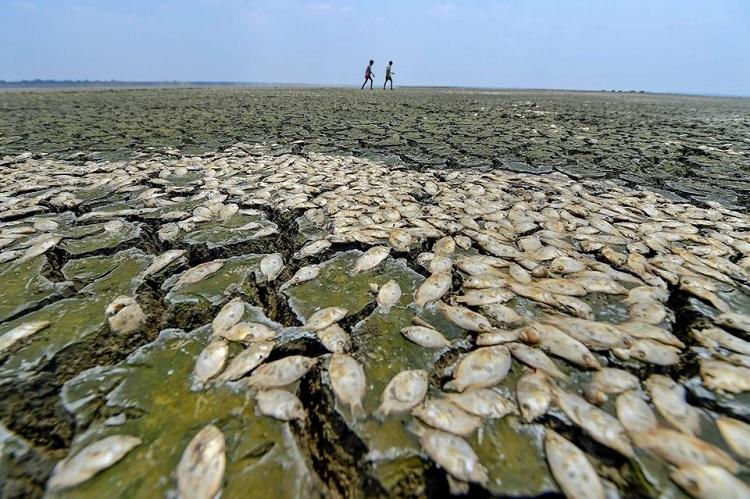
The wetlands have dwindled to almost one third of its original size, due to constructions of a large number of high-rise buildings. A by-product of this shrinking of wetlands is the huge influx of population, which in turn has increased the demand for water.
The major reservoirs that cater to the needs of the city have not undergone maintenance work for many years, and no additional storage facilities have come up. As a result when there’s excess water, these are opened resulting in floods.
To meet the demand, the alternative is to tap into the groundwater, which has now dropped to alarming proportions. People cry foul as factories tap into this resource for commercial use, leaving them high and dry. Transporting this groundwater from one place to is another a big business. As a quick fix, the state government is contemplating to transport water on trains from nearby districts!
For the state, not just Chennai, to survive, integration of rivers is paramount as excess water from other states could be channelised for the benefit of these arid areas. [more]
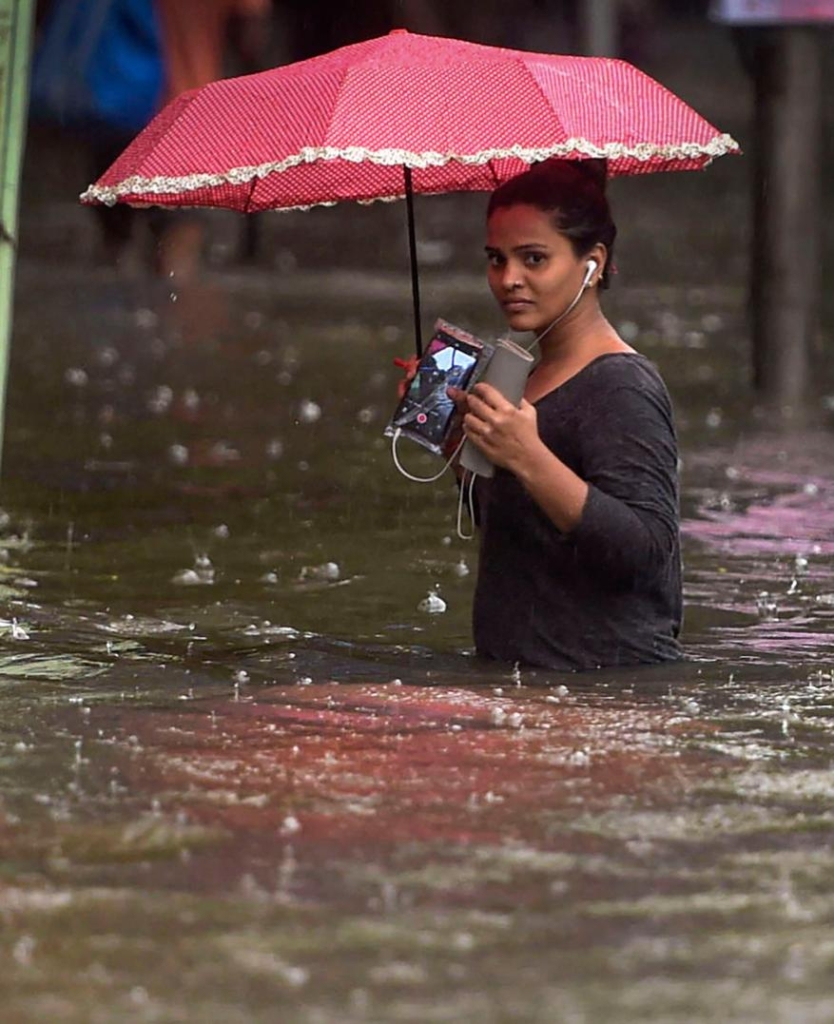
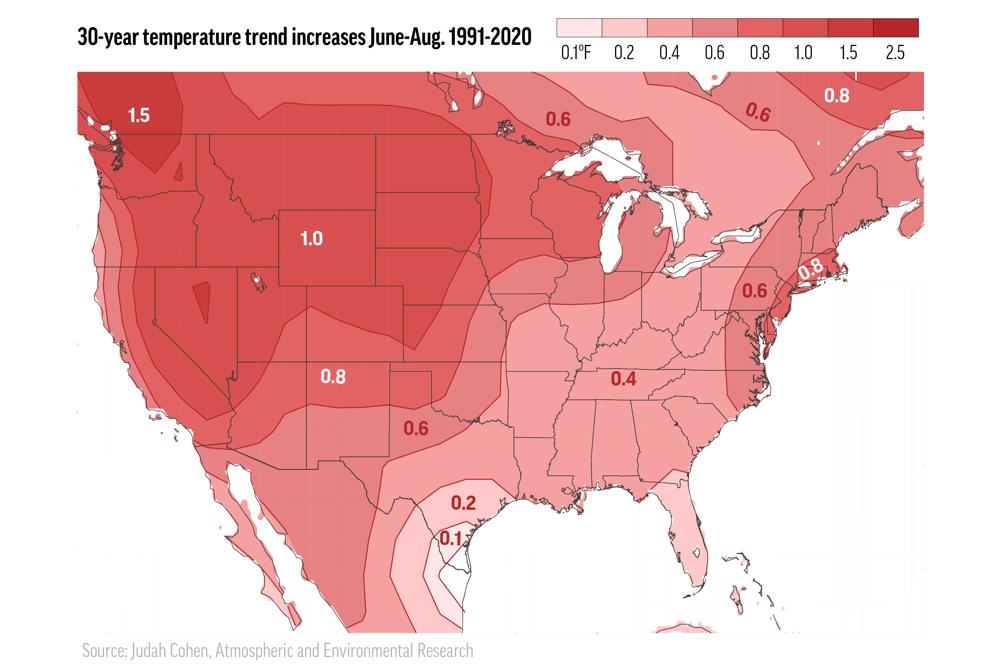
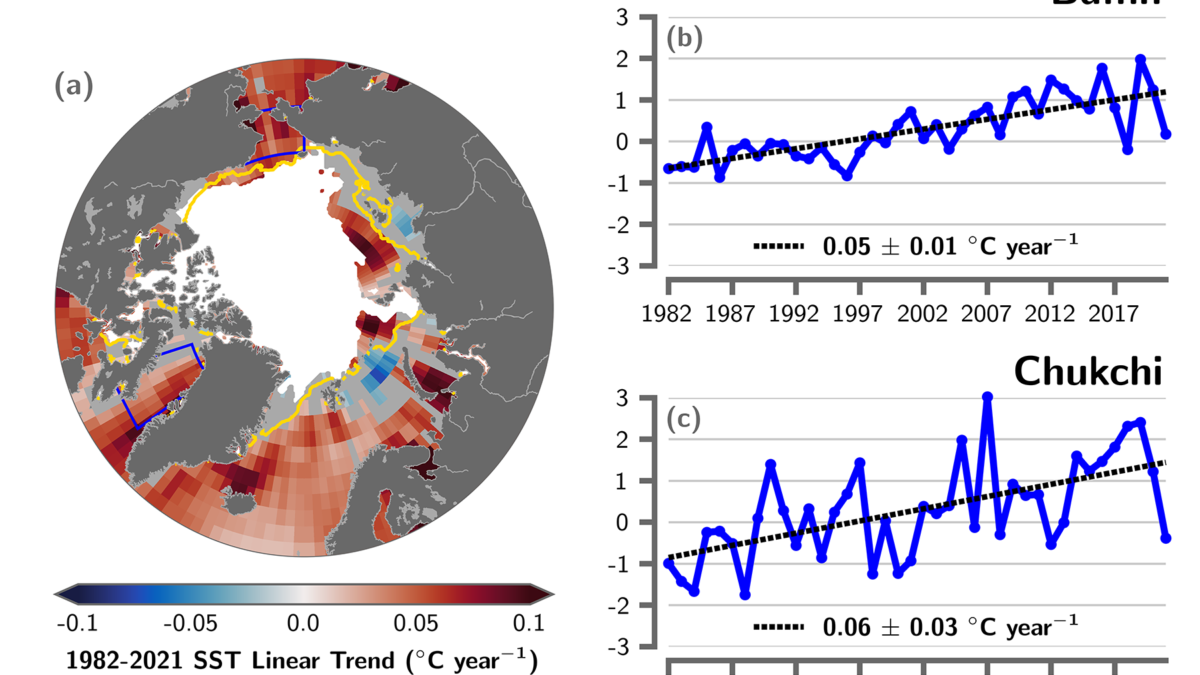
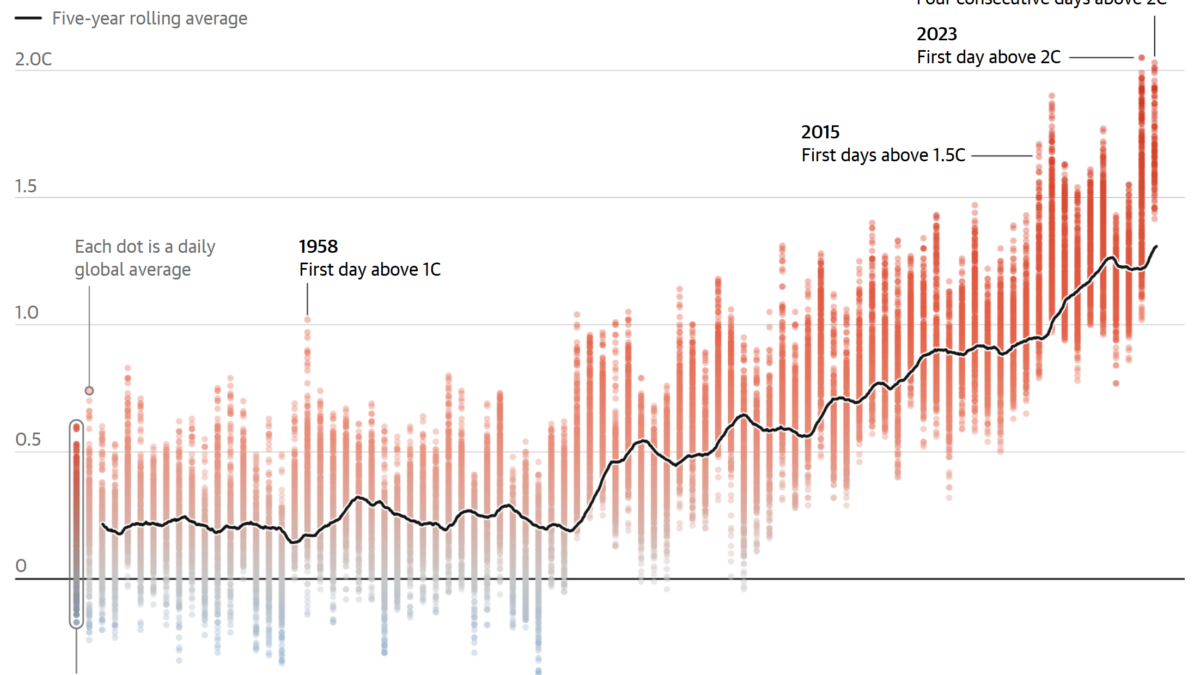
You have claimed energy as a human right. I believe that is wrong,energy helps regulate population size by it’s presence or lack. It’s the same for food and water. When you claim a right you are saying it’s not your problem to live in the boundaries of where you live, these things are to be made available for all no matter how many all is. That is wrong! How can you ignore the realities of your environment and then make claim on others?